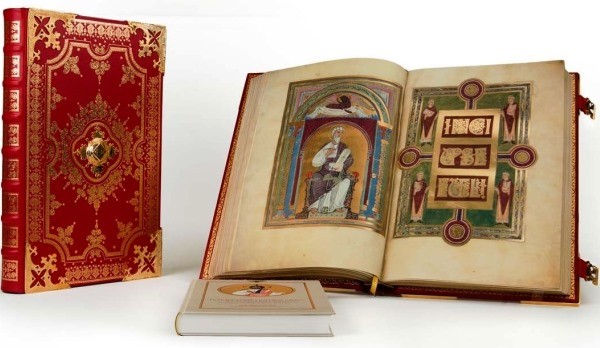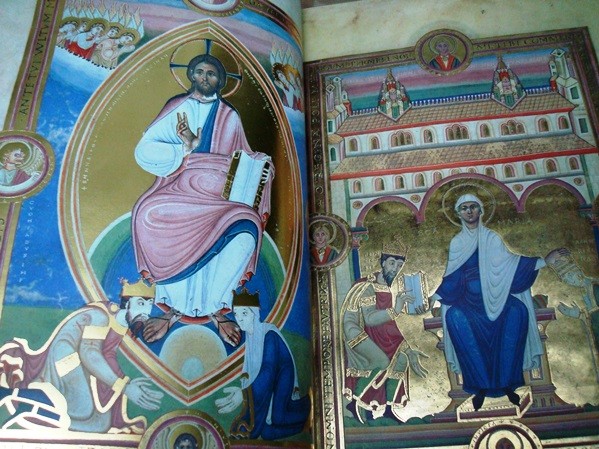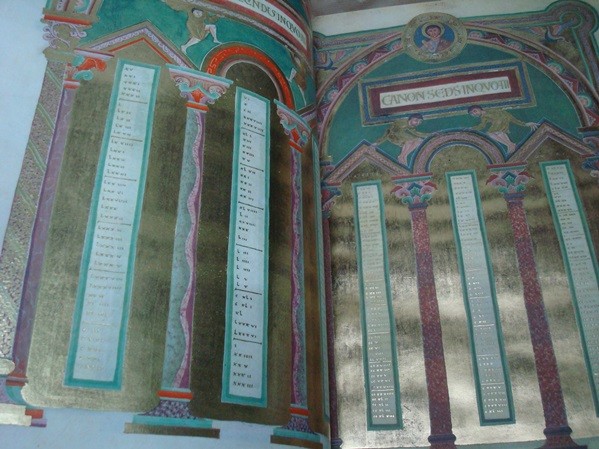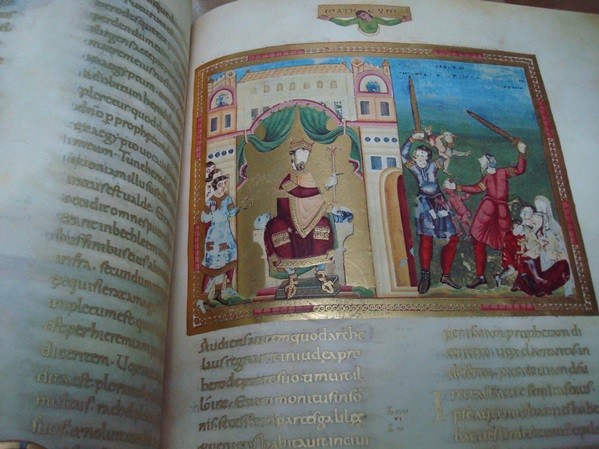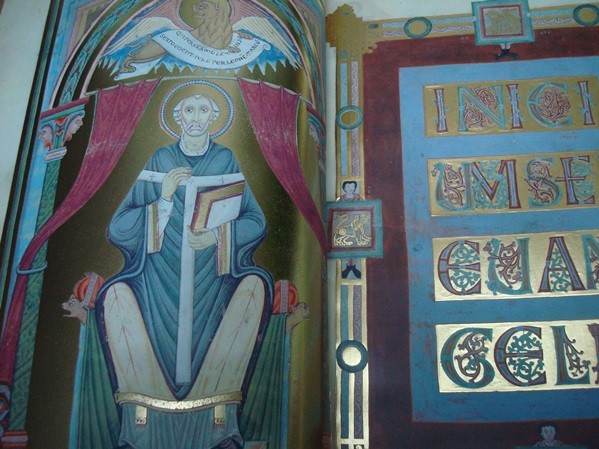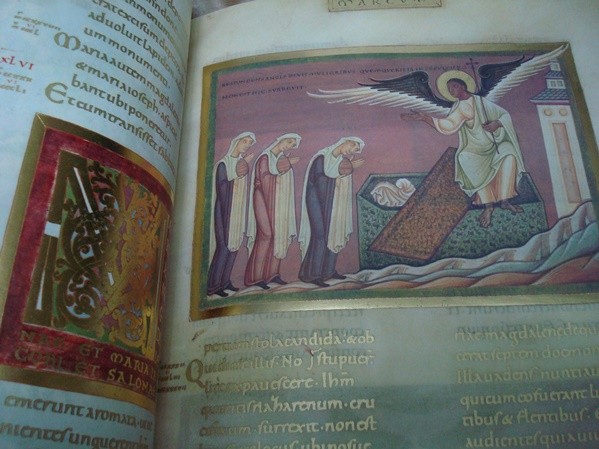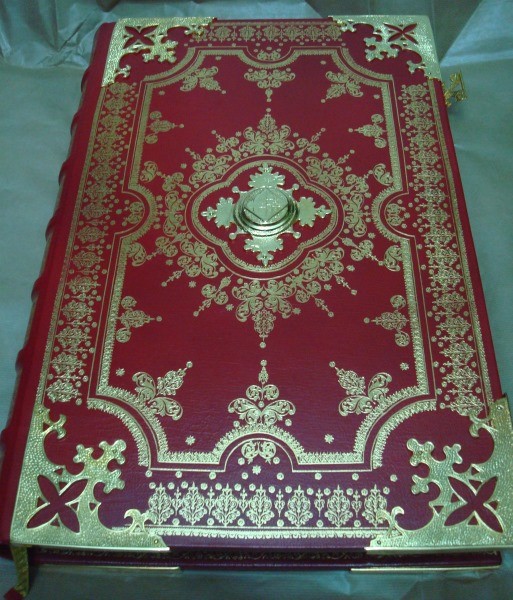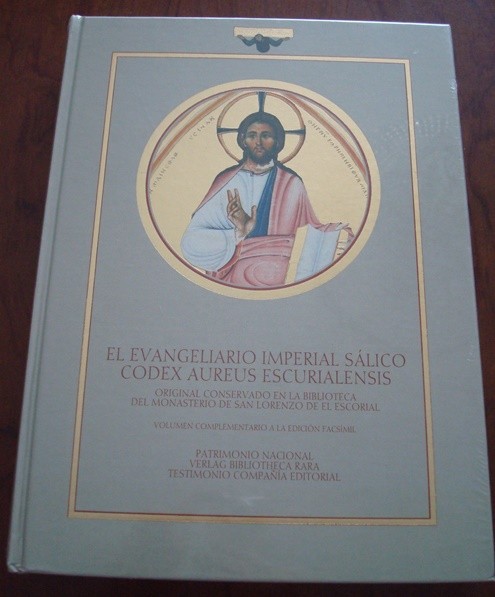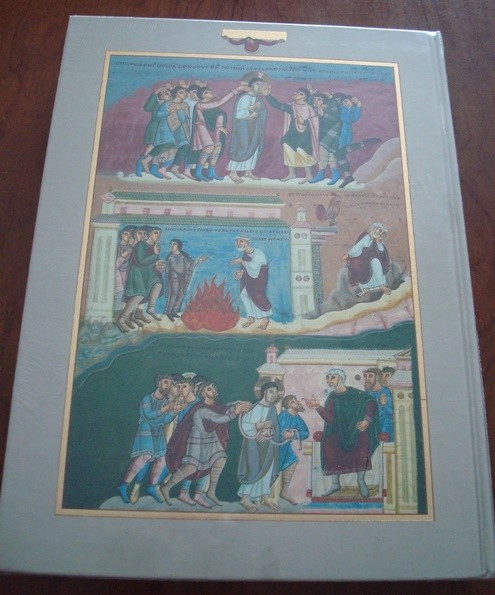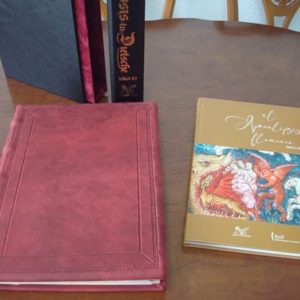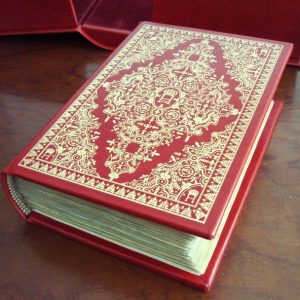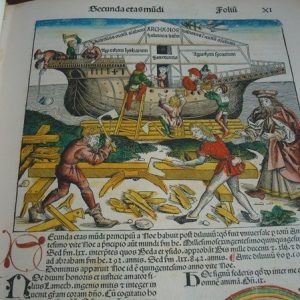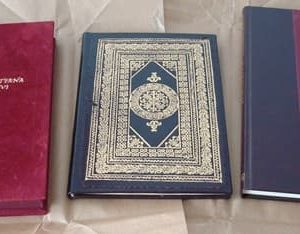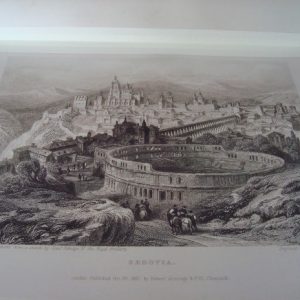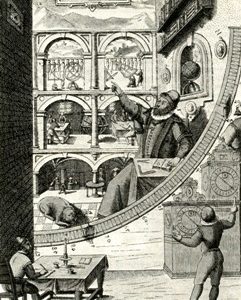Description
This luxurious, beautiful and spectacular facsimile reproduction of the Aureus Codex contains the Collection of the Four Gospels: Matthew, Mark, Luke and John, and is one of the most beautiful examples of the Lorentine Library, and also one of the most singular codices of the Miniature of the Carolingian period. A 5 star plus in every great library!
Probably elaborated in the Monastery of Echternach, Benedictine monastery of which the emperors themselves were protectors. The writing of the codex is the denominated Carolingian, arisen in the heat of the Renaissance, propitiated by the court of the Emperor and that served like instrument of political and diplomatic normalization. The Gospels are handwritten on 33.5 x 50.7 cm parchment sheets and comprise 171 pages of extraordinary quality and beauty. The text is distributed in two columns. The dimensions are spectacular, which enhances the extraordinary illustration and decoration of the codex. The size of the letters is quite large and the writing of a precious and careful harmony, without any sign of erasure or amendment. The codex has an extraordinary ornamental value that culminates with the enormous variety of frames or frames, to which are added various ornaments that enrich them even more.
They emphasize the splendid pages dedicated to the four evangelists that are before the first words of the respective gospel. One of the main difficulties of the facsimile edition is the extraordinary display of gold, both in the calligraphy of his texts and in the rich iconography. It is essential to draw them by hand, space for space, with absolute detail and precision. In order to imitate the parchment, it is necessary to use an imported support, plastered in national workshops with special procedures, with which identical finishes are obtained. Three different weights (200, 260 and 300 gr / m2) have been used to adapt as much as possible to the different thickness of the skins with which the original scrolls were made. At least seven colors have been used for printing. It is possible to emphasize the remarkable thickness that reaches the gold ink applied to the letters, which in turn are of great size (from 5 to 10 mm approximately) which produces a beautiful effect. An offset printed gold ink has been used as the basis for the other finishes. In the illustrations resorted to the printing to steering wheel and in the letters a gold in relief, burnished later by hand.
It is not known how the primitive binding could have been. It is known that in the eighteenth century should have been bound in the style characteristic of the reign of Philip V. This binding is the one that has served as a model for the facsimile, made in a special loom, hand-sewn, with waxed vegetable thread Top quality red goat skin, leather nerves and gold leaf print. With gold plated brass fittings. Fastening of the book with linen retor and hand embroidered headdresses. Golden edges and golden guide tape. 2 leather closures and gold hardware.
Presented in a large case.
Supplementary study volume of 364 pages written by Professor Johannes Rathofer, professor of the University of Cologne and eminent specialist in medieval codices. Format 24 x 32 cm, bound in hardcover lined in fabric shown.
This book won the first Best Books Award in 1995, Juan Pablos Ibero-American Competition, Category Bibliofília and Facsímil.
Original codex dating back to the 11th century. At present it is conserved in the Library of the Monastery of the Escorial and is considered like one of its main historical jewels. Publication of the facsimile in 1995. Size 36 x 53 cm. Limited edition to 980 copies, numbered and certified.
We have all the works edited by Editorial Testimonio.
Shipping by the buyer, upon request and destination. Ask us without any questions, as well as any other facsimile or article you are looking for.




